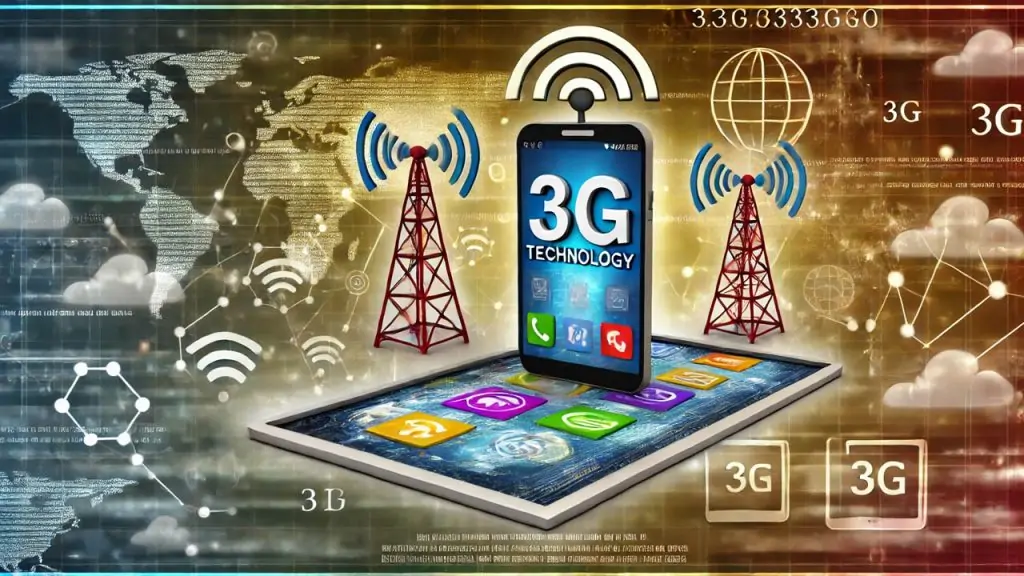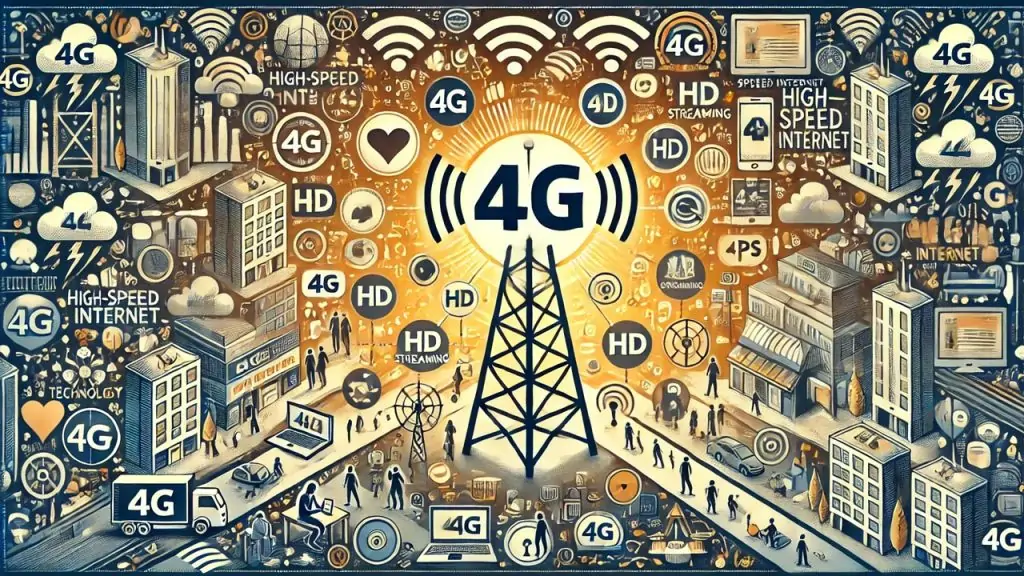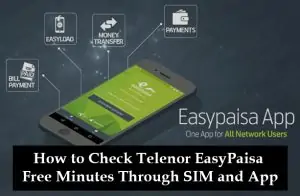The evolution of mobile networks has dramatically transformed how we communicate, work, and live. From the early days of 3G, which brought mobile internet to the masses, to the widespread adoption of 4G that enabled faster speeds and more reliable connections, and now to the revolutionary potential of 5G, each generation has marked a significant technological leap. Understanding the differences between 3G, 4G, and 5G is crucial as it sheds light on the advancements that drive our increasingly connected world. This blog will explore the key features, benefits, and impacts of these mobile network technologies.
Understanding Mobile Network Generations
Mobile network generations represent the stages of technological advancement in wireless communication, each bringing significant improvements in speed, capacity, and capabilities. These generations are crucial as they dictate the quality of our mobile experiences, from basic voice calls to high-speed internet and IoT connectivity.
History of Mobile Networks
The journey began with 1G in the 1980s, offering analog voice calls. The 1990s saw the rise of 2G with digital voice and SMS capabilities. The 2000s ushered in 3G, enabling mobile internet access. 4G, emerging in the 2010s, brought high-speed internet and multimedia streaming. In contrast, the latest 5G technology promises ultra-fast speeds, low latency, and massive device connectivity, revolutionizing industries and daily life.
3G Technology
Introduced in the early 2000s, 3G technology marked a significant leap from its predecessor by providing mobile internet access, which enabled new services like web browsing and video calling.
Key Characteristics:
- Data Speed: 3G networks offer data speeds of up to 2 Mbps, allowing for moderate internet use.
- Applications: This technology supports web browsing, video calling, and basic internet services, making mobile phones more versatile and connected.
- Network Infrastructure: 3G relies on UMTS/HSPA networks, which improved data transmission and network efficiency compared to previous generations.
Advantages and Limitations:
- Advantages: 3G brought internet capabilities to mobile devices, enabling users to access information, communicate through video calls, and use apps that require internet connectivity.
- Limitations: Despite its advancements, 3G has relatively slower data speeds and higher latency compared to newer technologies, limiting its effectiveness for high-bandwidth applications and leading to the need for subsequent network generations.
4G Technology
In the late 2000s, 4G technology revolutionized mobile communications by offering significantly higher data speeds and improved connectivity, making high-definition streaming and advanced mobile internet services possible.
Key Characteristics:
- Data Speed: 4G networks provide data speeds ranging from 100 Mbps to 1 Gbps, vastly improving the user experience for data-intensive applications.
- Applications: With 4G, users can enjoy high-definition streaming, seamless online gaming, and enhanced mobile internet services, transforming how multimedia content is consumed on mobile devices.
- Network Infrastructure: 4G relies on LTE (Long Term Evolution) networks, which offer better efficiency, lower latency, and greater capacity than previous network infrastructures.
Advantages and Limitations:
- Advantages: 4G technology offers fast data speeds, low latency, and robust connectivity. It supports high-definition video streaming, real-time gaming, and efficient use of mobile applications. It has enabled the growth of mobile services and applications, contributing to the rise of the digital economy.
- Limitations: Despite its capabilities, 4G networks can experience congestion in densely populated areas, and the infrastructure can be costly to implement and maintain. Additionally, as technology evolves, the need for even faster and more reliable connections has driven the development of 5G technology.
5G Technology
Introduced in the late 2010s, 5G technology represents the latest advancement in mobile networks. It offers unprecedented speeds and connectivity and is poised to revolutionize various industries and everyday life.
Key Characteristics:
- Data Speed: 5G networks can achieve data speeds of up to 10 Gbps and beyond, making it significantly faster than its predecessors.
- Applications: 5G technology supports various applications, including the Internet of Things (IoT), autonomous vehicles, smart cities, and enhanced mobile broadband, facilitating innovations in diverse fields.
- Network Infrastructure: 5G utilizes mmWave (millimetre wave) frequencies, small cells, and beamforming technology to provide high-speed, low-latency connections with greater capacity and efficiency.
Advantages and Limitations:
- Advantages: 5G offers ultra-fast speeds, low latency, and the ability to connect many devices simultaneously. This makes it ideal for IoT, real-time applications like autonomous vehicles, and the development of smart cities, enhancing overall connectivity and efficiency.
- Limitations: Despite its potential, 5G technology faces challenges such as high deployment costs, the need for extensive infrastructure upgrades, and limited coverage in rural or less developed areas. The high-frequency signals used by 5G have shorter ranges and may require more base stations to ensure consistent coverage.
Comparative Analysis
Speed and Performance
When comparing data speeds and overall performance:
- 3G: Offers speeds up to 2 Mbps, suitable for basic internet use.
- Suitable for browsing and standard-definition video streaming.
- Adequate for email and social media usage.
- 4G: Provides speeds ranging from 100 Mbps to 1 Gbps, enabling high-definition streaming and online gaming.
- Supports high-definition video streaming without buffering.
- Enables seamless online gaming and video calls.
- 5G: Surpasses both with speeds up to 10 Gbps, supporting advanced applications like IoT and autonomous vehicles.
- Ideal for high-definition video streaming, virtual reality, and augmented reality applications.
- Essential for IoT devices and autonomous vehicle operations.
Latency
Latency is significantly reduced with each generation:
- 3G: Has relatively high latency, which can affect real-time applications.
- It is not suitable for real-time gaming and video calls.
- This may cause delays in video streaming and data transfer.
- 4G: Improved latency to around 50 milliseconds, enhancing user experience for video calls and gaming.
- Better for video conferencing and online gaming.
- Reduces lag in streaming services and data downloads.
- 5G: Further reduces latency to as low as 1 millisecond, crucial for real-time, mission-critical applications.
- Essential for autonomous driving and remote surgery.
- Supports real-time IoT applications and smart city infrastructure.
Network Capacity and Efficiency
Network capacity and efficiency improve with each generation:
- 3G: Networks have limited capacity and efficiency, often experiencing congestion during peak times.
- May need help with multiple devices connected simultaneously.
- Suffers from network slowdowns during high usage periods.
- 4G: Increased network capacity and efficiency, allowing more devices to connect simultaneously with better performance.
- Supports multiple high-usage devices without significant slowdowns.
- Better handling of network traffic and congestion.
- 5G: Dramatically enhances capacity and efficiency, supporting many devices per square kilometre.
- Ideal for IoT and smart city infrastructure.
- Handles a high density of connected devices with minimal performance loss.
Coverage
Coverage varies significantly among the generations:
- 3G: Networks have wide coverage but limited speed.
- Available in most urban and rural areas.
- Slower speeds compared to newer generations.
- 4G: Offers extensive coverage with higher speeds, though it may experience congestion in densely populated areas.
- Widely available in urban areas with high-speed access.
- Can experience network congestion during peak usage.
- 5G: This technology provides the highest speeds and capacity but needs more coverage due to dense infrastructure and high-frequency signal limitations.
- Limited to major cities and densely populated areas.
- Requires significant infrastructure investment for widespread deployment.
Applications and Use Cases
3G: Typical Use Cases and Applications During Its Peak
During its peak, 3G technology enabled significant advancements in mobile communication and internet access. It made mobile web browsing, email, and social media possible, providing a foundation for early smartphone applications. Video calling and basic mobile video streaming became feasible, limited by slower speeds and higher latency. The introduction of mobile apps, such as navigation and location-based services, also gained popularity with 3G networks.
1. Mobile Web Browsing and Email
- Enabled users to access the internet on the go.
- Provided the capability to check and send emails from mobile devices.
- Supported basic HTML and web page browsing.
2. Social Media
- Allowed users to access and interact with social media platforms like Facebook and Twitter.
- Facilitated sharing of text updates and photos.
3. Video Calling and Streaming
- Made video calling possible with apps like Skype.
- Enabled basic video streaming, though with some limitations in quality and speed.
4. Mobile Applications
- Spurred the development of early smartphone applications.
- Supported navigation and location-based services like Google Maps.
4G: How It Enabled New Applications and Services
4G technology revolutionized mobile communications by offering faster data speeds and lower latency, which paved the way for high-definition video streaming services like Netflix and YouTube. Mobile gaming saw a massive boost with smoother online gameplay and quicker downloads. The rise of social media platforms, video conferencing, and cloud-based services became mainstream due to 4G’s enhanced capabilities.
1. High-Definition Video Streaming
- Supported services like Netflix and YouTube for HD content.
- Enabled smoother and uninterrupted video playback.
2. Mobile Gaming
- Improved online gameplay experience with lower latency.
- Facilitated quicker downloads of game updates and new titles.
3. Social Media and Video Conferencing
- Allowed real-time video calling and conferencing through platforms like Zoom.
- Enhanced social media experience with faster uploads and streaming capabilities.
4. Cloud-Based Services
- Enabled efficient use of cloud storage and applications.
- Supported seamless data synchronization across devices.
5G: Potential and Emerging Use Cases
5G technology is set to transform various industries with its ultra-fast speeds, low latency, and massive device connectivity. The Internet of Things (IoT) will grow exponentially, enabling smart homes, wearable technology, and interconnected devices to communicate seamlessly. Smart cities will benefit from improved infrastructure management, traffic control, and energy efficiency. Autonomous vehicles will rely on 5G for real-time data exchange and enhanced safety features.
1. Internet of Things (IoT)
- Supports the proliferation of smart home devices and wearable technology.
- Enables seamless communication between interconnected devices.
2. Smart Cities
- Improves infrastructure management through real-time data analytics.
- Enhances traffic control systems for better flow and safety.
- Promotes energy efficiency through smart grid technology.
3. Autonomous Vehicles
- Facilitates real-time data exchange between vehicles and infrastructure.
- Enhances safety features with instant communication and response capabilities.
4. Enhanced Mobile Broadband
- Offers faster and more reliable mobile internet.
- Supports augmented reality (AR) and virtual reality (VR) applications.
Economic and Social Impact
1. Impact of 3G Technology
Economic Growth:
- Enabled mobile internet access: By 2010, mobile internet users grew to 1 billion worldwide, largely due to 3G technology.
- Facilitated mobile commerce: Mobile banking and payment solutions like M-Pesa revolutionized financial services in Kenya, reaching 40% of the country’s GDP by 2014.
- Enhanced communication through video calls and social media: Platforms like Skype and early social media apps became widespread, with Facebook reaching 1 billion users in 2012.
Social Impact:
- Improved access to information: Educational resources and news became widely accessible, helping bridge the information gap.
- Strengthened social connections through social media: Social networks enabled global connections, with billions of people staying in touch across continents.
- Increased usage of mobile devices for daily activities: Smartphones have become essential tools for navigation, communication, and entertainment.
2. Impact of 4G Technology
Economic Expansion:
- Expanded the digital economy: By 2015, the app economy generated over $100 billion annually, driven by 4G’s capabilities.
- Drove the rise of video streaming, mobile gaming, and e-commerce: Platforms like Netflix, Fortnite, and Amazon saw exponential growth, with Netflix reaching over 100 million subscribers by 2017.
- Improved global connectivity: By 2018, Internet penetration reached over 50% of the global population, largely due to 4G networks.
Social Transformation:
- Enhanced access to information and services: Mobile health apps and online education platforms became widely available, improving public health and education.
- Increased availability of entertainment options: Streaming services and mobile games became mainstream, offering diverse content for users.
- Promoted global interactions and collaborations: Social media and collaboration tools facilitated international teamwork and cultural exchange.
3. Anticipated Impact of 5G Technology
Industrial Revolution:
- Ultra-fast speeds and low latency: 5G can achieve speeds up to 100 times faster than 4G, with latency as low as 1 millisecond, enabling real-time applications.
- Fosters development of smart cities: Smart city initiatives like those in Singapore and Barcelona are expected to grow, utilizing IoT for efficient city management.
- Enables autonomous vehicles: Companies like Tesla and Waymo are developing autonomous vehicles that rely on 5G for real-time data processing.
- Facilitates the Internet of Things (IoT): By 2025, it’s estimated that 75 billion connected IoT devices, from smart homes to industrial sensors, will be used.
Sectoral Transformations:
1. Education:
- Enhances remote learning capabilities: 5G enables high-definition video streaming for virtual classrooms, improving access to quality education.
- Provides immersive educational experiences through AR/VR: Virtual reality field trips and augmented reality labs enhance interactive learning.
2. Healthcare:
- Enables telemedicine with real-time consultations: 5G allows seamless video consultations and remote surgeries, expanding healthcare access.
- Facilitates remote monitoring and advanced diagnostics: Wearable health devices and remote monitoring systems provide continuous health data, improving patient care.
3. Urban Living:
- Transforms city management and infrastructure: 5G supports smart traffic management, waste management, and energy efficiency, improving urban living.
- Improves public safety and transportation systems: Real-time monitoring and communication enhance emergency response and public transportation efficiency.
Conclusion
The evolution from 3G to 5G has significantly advanced mobile network technology, with each generation enhancing speed, capacity, and connectivity. This progression has driven economic growth, improved global communication, and opened doors to innovative applications. Understanding these advancements is crucial as we move towards an increasingly connected future. Stay informed about the latest mobile network technologies to leverage their full potential and stay ahead in this rapidly evolving landscape.

















